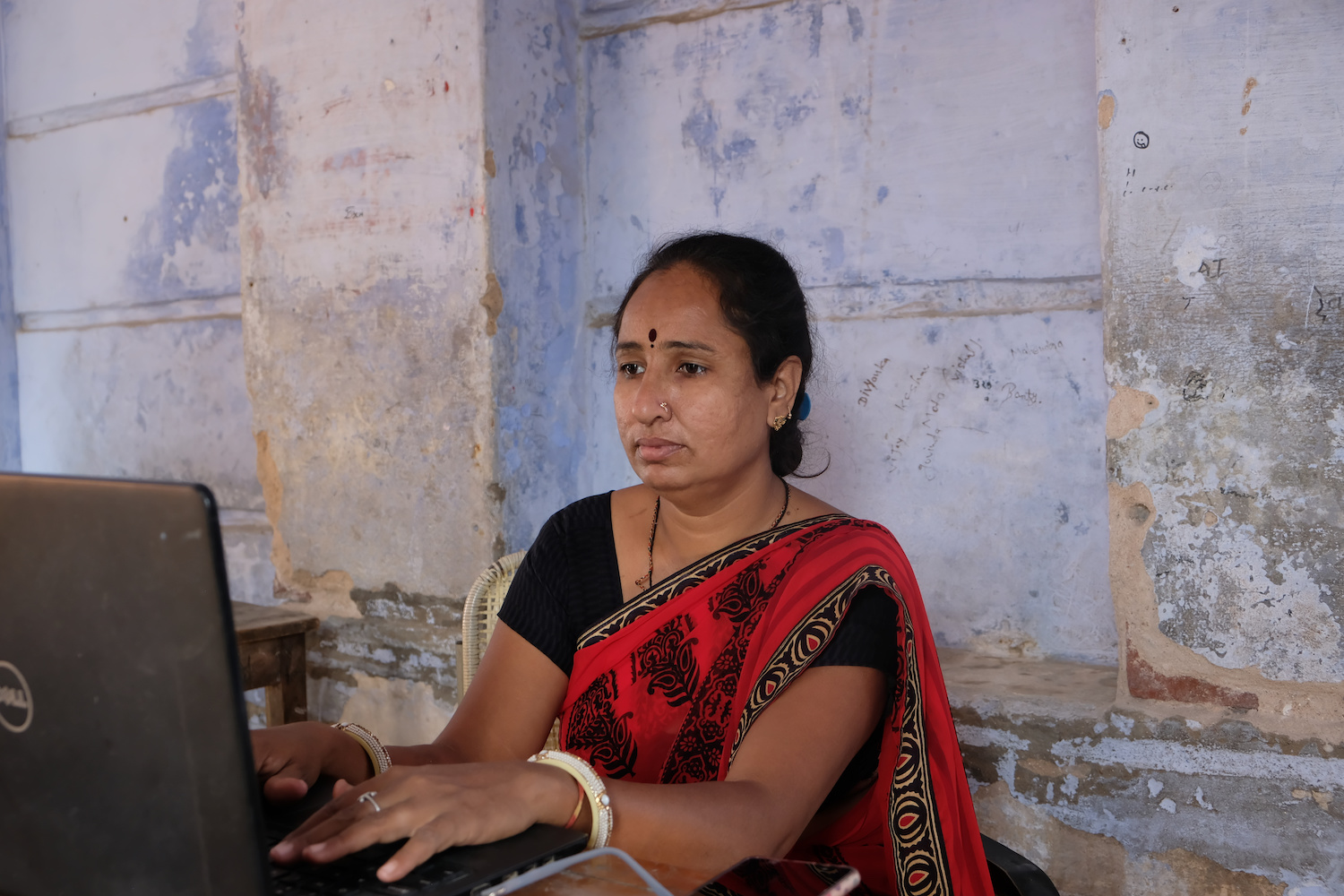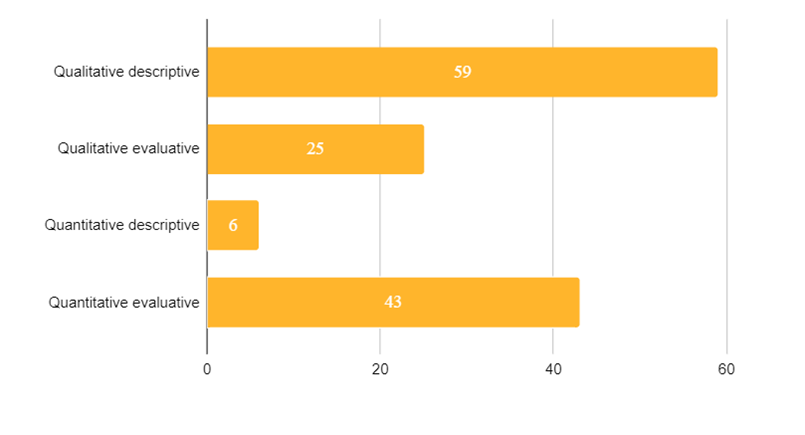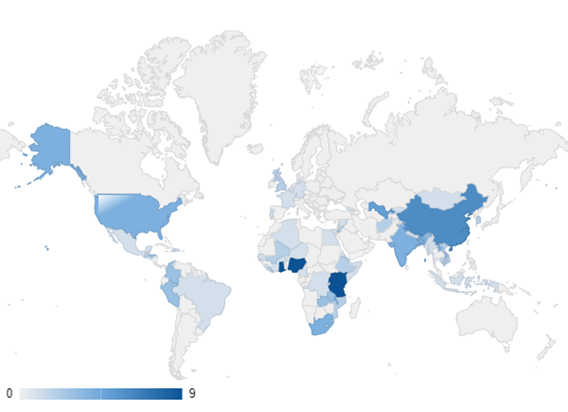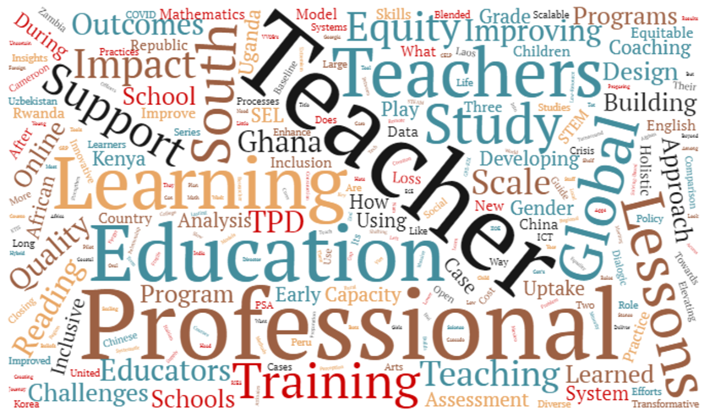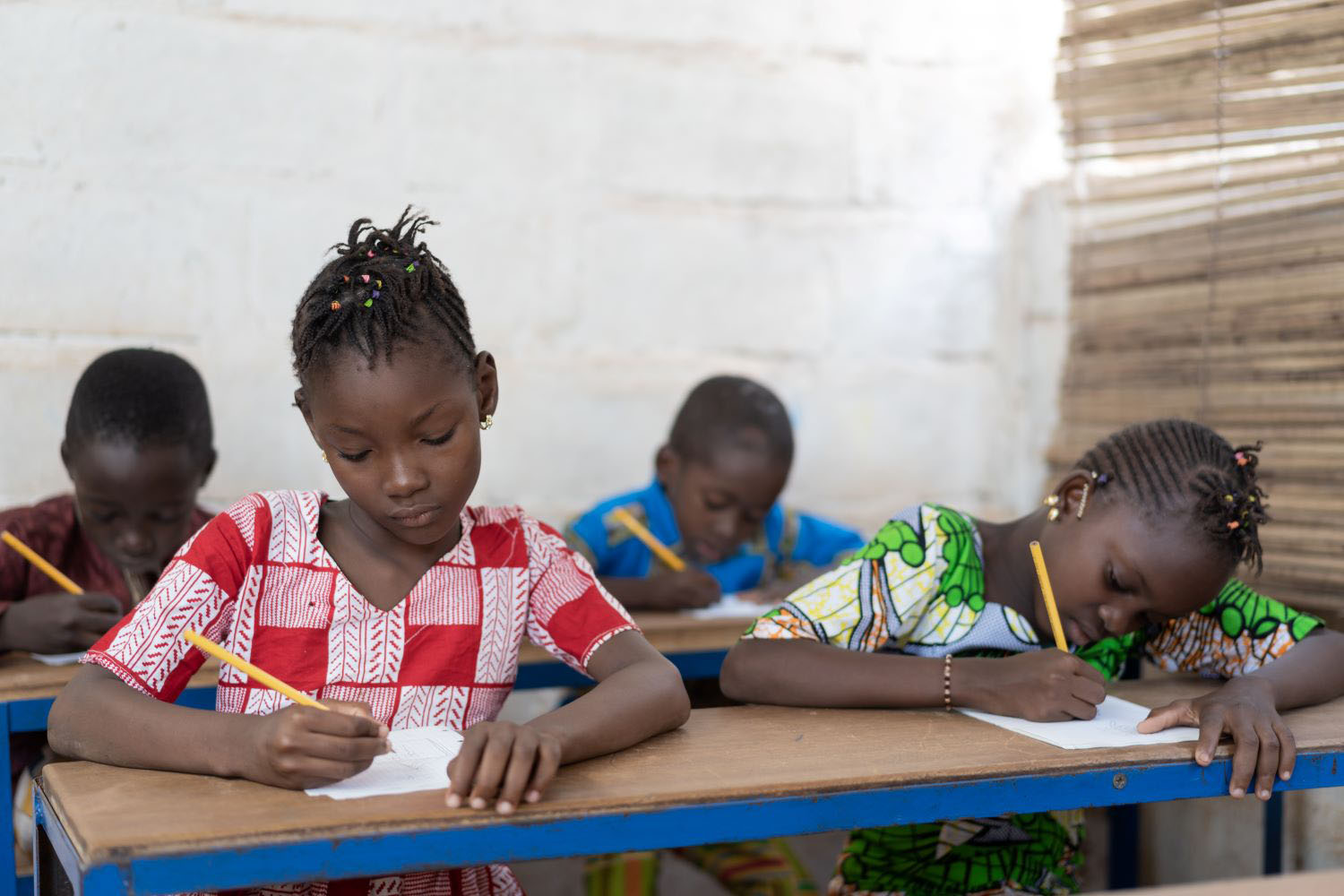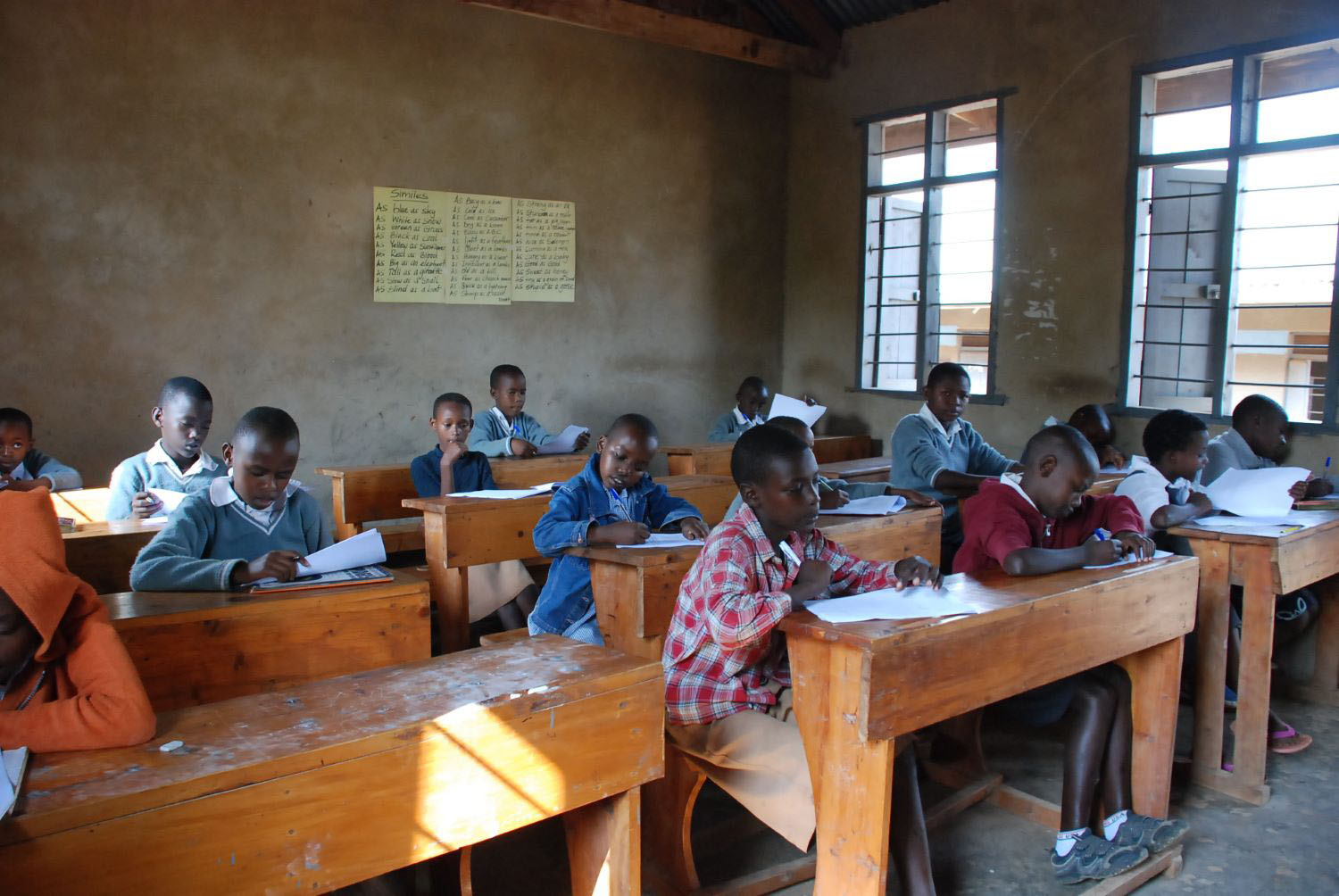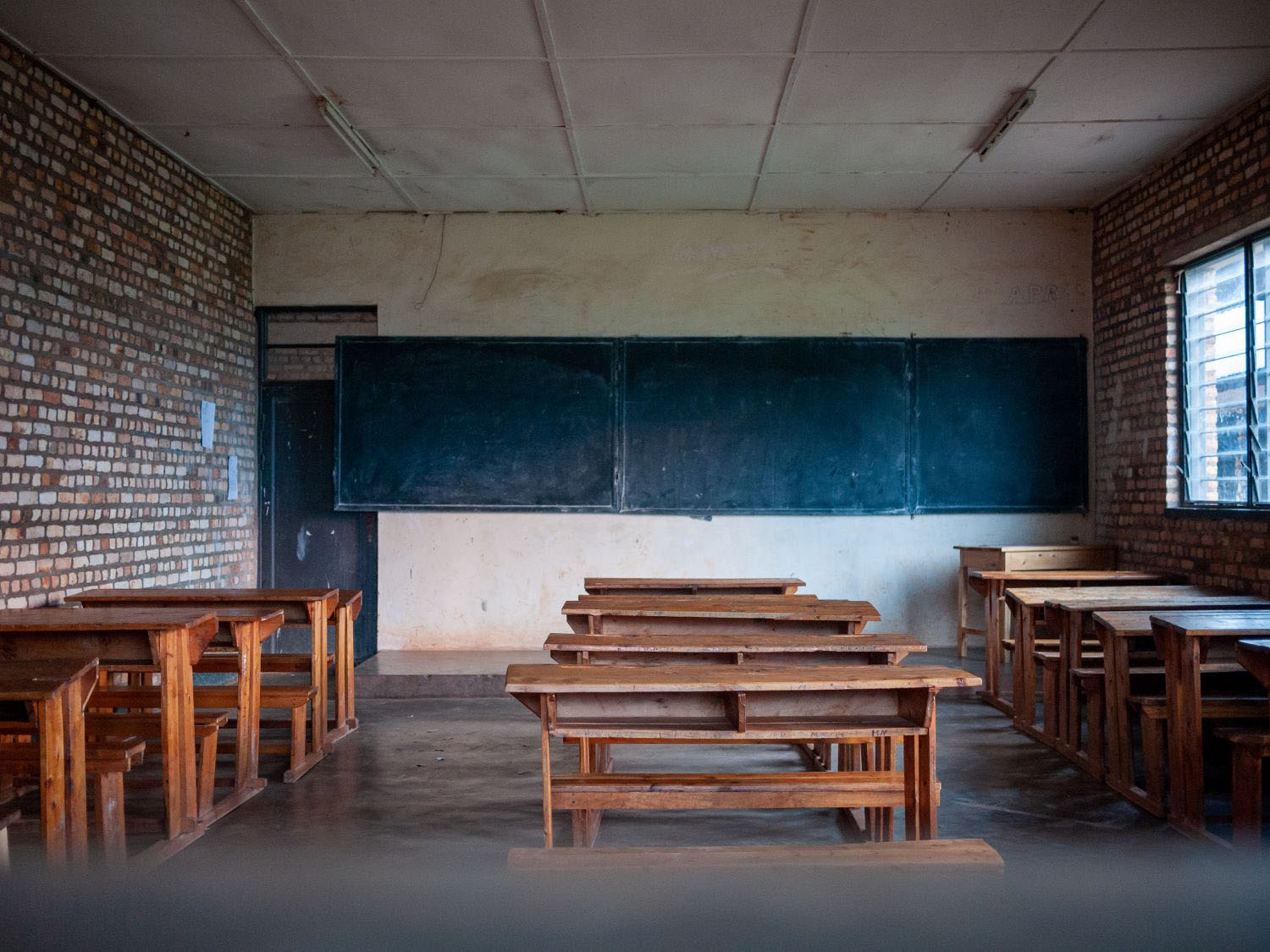Recommended
A few weeks ago was the Comparative and International Education Society (CIES) annual conference. This event brings together practitioners, policymakers, and researchers from around the world to share what they’re learning about improving education, mostly in low- and middle-income countries. In a side event sponsored by VVOB – Education for Development, we talked about what we’re learning about teacher professional development—in other words, how to help teachers improve their skills, once they’re already on the job. We also talked about what we learned at CIES around teacher professional development.
Basic principles from previous research
We are often asked whether teacher professional development “works.” But it’s an impossible question to answer because we call so many different things teacher professional development. Some of these things—like coaching in South Africa and Peru, assessment-informed instruction in Liberia, or training in mother tongue instruction in Uganda have boosted student learning. Others—like an overly theoretical, nationally implemented teacher professional development in China, or a program that was successful when implemented by highly motivated non-governmental organization staff but not by civil service workers in Uganda have not. (And—lest we grow too confident that we can easily explain all the failures—sometimes we have trouble figuring out why it didn’t work, as with assessment-information instruction in India or an active learning math training in Costa Rica.)
When Anna Popova and others looked at nearly three dozen carefully evaluated teacher professional development programs, they did find some patterns. Teacher professional development was more likely to boost student learning when…
- It had a specific subject focus. It was training teachers on how to teach algebra better or early reading better, not general pedagogy.
- It incorporated lesson enactment into the training. It’s never enough to just tell teachers the principles. They need to practice with other teachers before they even get back to their classrooms.
- It had an initial face-to-face component. In other words, professional development that was entirely virtual tended not to work.
- There were follow-up visits (or some kind of coaching) to help teachers make the transition of skills from the training into their day-to-day practice.
Where are we expanding our learning about teacher professional development?
While those lessons come from dozens of studies, there is lots of the world that remains understudied. While we can definitely take lessons from one setting and use those to inspire practice in other settings, that’s less true when there are types of education systems (e.g., in the lowest income countries or in fragile or conflict-affected regions) that we know less about. We went through every presentation we could find at CIES to see where we’re learning about teacher professional development. We searched for any study that had “professional development,” “coaching,” “in-service training” or similar terms and focused on teachers in-service (not principals and not pre-service). We ended up with 118 studies.
We put the CIES presentations into four categories (Figure 1). We learn from each! We have qualitative and quantitative “descriptive” studies, which teach us about the array of the programs that being implemented around the world and often highlight implementation challenges and successes. We also have qualitative and quantitative “evaluative” studies, which seek to indicate whether the program led to changes in teacher behavior or student learning.
Figure 1: How are CIES presentations studying teacher professional development programs
Over the course of CIES, presenters shared evidence on teacher professional development from 59 countries. The most studied low- and middle-income countries were Ghana and Tanzania (with nine studies each), followed by China (six), Bhutan, Malawi, and Uzbekistan (five), and then several countries with four studies each: Bangladesh, India, Laos, Rwanda and South Africa (with four studies each).
Figure 2: Where are we learning about teacher professional development? The CIES sample
While we learn from all these types of studies, in order to compare what we’re learning now with what Popova and others studied (when they carried out their search in 2016), we narrow the CIES sample to just the quantitative, evaluative studies—the closest comparison to what Popova and others do. (It’s still a little different, since Popova and others limit their search to studies that evaluate impacts on student learning. But it’s close.)
If you compare the coverage of evaluative, quantitative studies from the older review and from this year’s CIES (Figure 3), what you’ll see is more overlap than not. Yes, there are a significant number of new countries that were covered in this year’s CIES (Burkina Faso, Cambodia, and Cameroon to name a few). And there’s certainly value in learning more in the same settings. But we still have lots of countries where we have little coverage in terms of what types of professional development are changing teacher practice and student learning.
Figure 3: Quantitative Evaluations of Teacher Professional Development
|
The Old 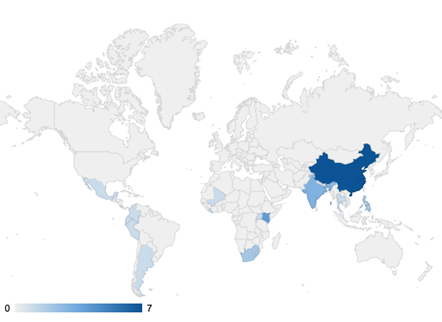
from Popova and others (search in 2016) Number of countries covered: 17 |
The New 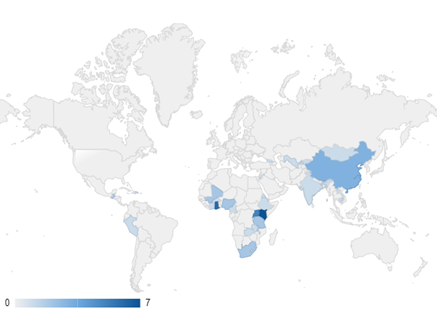
from CIES 2023 Number of countries covered: 29 |
What are we learning about teacher professional development?
Unlike some conferences we’ve summarized, CIES generally does not post the full papers/presentations, so without attending every presentation (which we sadly did not do), we can’t summarize the findings of the array of presentations. To give you a sense of the topics that the presentations covered, we used all 118 titles to generate a word cloud (Figure 4). You can browse all 118 presentation abstracts (and identify authors, to follow up on results) in our summary spreadsheet.
Figure 4: The Top Words from 118 Presentation Titles on Teacher Professional Development at CIES
The variety is enormous: there were presentations on…
- how to improve on cascade training (where a trainer trains another trainer, who trainers another trainer, all the way down) in Côte d’Ivoire,
- using ed-tech to deliver teacher professional development in Honduras,
- professional development and motivation among Rohingya refugee teachers in Bangladesh,
- training teachers to teach students to think like scientists, resulting in a large increase in student exam pass rates in Uganda (this one has a paper!),
- plus 114 more.
There are things we know about teacher professional development: we know it can work, and we also know it can be tricky to get right. But there is also lots we don’t know. Let’s keep learning!
Disclaimer
CGD blog posts reflect the views of the authors, drawing on prior research and experience in their areas of expertise. CGD is a nonpartisan, independent organization and does not take institutional positions.
Image credit for social media/web: Adobe Stock


